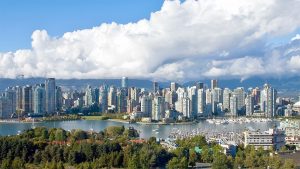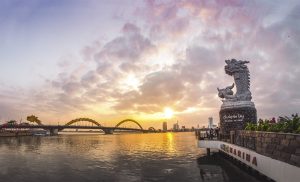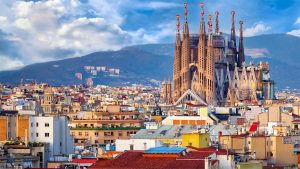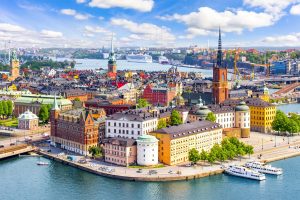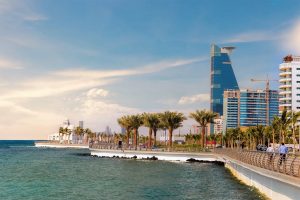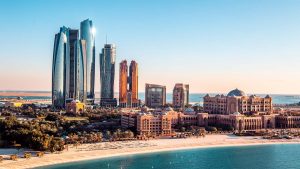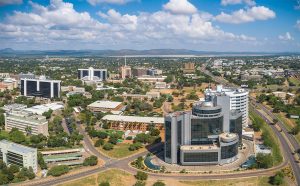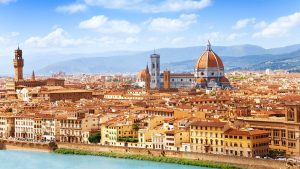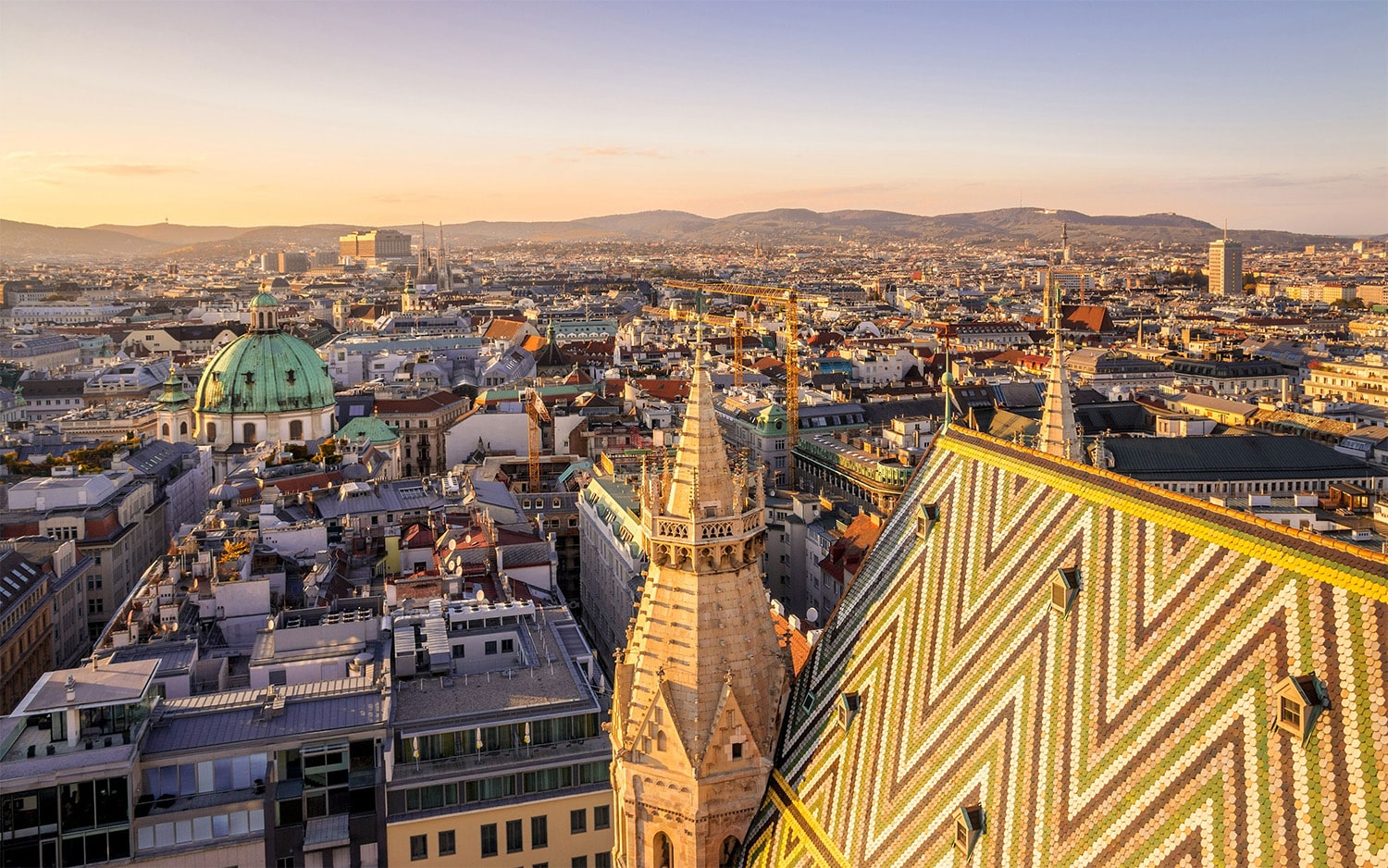
29 interesting facts about Vienna
- 👁️ 1109
Vienna, the capital city of Austria, stands as a cultural and historical beacon in the heart of Europe. Known for its rich artistic heritage, architectural marvels, and musical legacy, Vienna has been home to some of the greatest composers, artists, and thinkers the world has ever known. This city, which once served as the imperial capital of the Habsburg monarchy, today remains a vibrant testament to its past, while continuously evolving to embrace the modern world. From its coffee house culture to its status as a United Nations city, Vienna offers a unique blend of tradition and innovation. Here are 29 interesting and informative facts about Vienna that highlight its significance, beauty, and the unique aspects that make it stand out on the global stage.
- Vienna is located in the northeastern part of Austria, near the borders of Slovakia, Hungary, and the Czech Republic.
- The city is known as the “City of Music” due to its musical legacy, having been home to composers such as Mozart, Beethoven, and Schubert.
- Vienna is also referred to as the “City of Dreams” because it was the home of Sigmund Freud, the world’s first psycho-analyst.
- The Historic Centre of Vienna is a UNESCO World Heritage Site, recognized for its architectural ensembles, including Baroque castles and gardens.
- The Schönbrunn Palace, with its 1,441 rooms, is one of the most important architectural, cultural, and historical monuments in Austria.
- Vienna’s Ringstrasse is a circular grand boulevard that serves as a ring road around the historic Innere Stadt district of the city.
- The Wiener Riesenrad, a giant Ferris wheel in the Prater amusement park, has become one of the city’s landmarks.
- The Vienna State Opera is one of the leading opera houses in the world, known for its high standard of opera and ballet performances.
- Vienna is famous for its traditional coffee houses, which have been cultural hubs for centuries.
- The city hosts the Vienna Ball Season, with hundreds of balls taking place, including the famous Opera Ball.
- Vienna is considered one of the world’s most livable cities, frequently topping global quality of life rankings.
- The Vienna Philharmonic, based in the Musikverein, is considered one of the finest orchestras in the world.
- The University of Vienna, founded in 1365, is one of the oldest and largest universities in Europe.
- The Viennese Sachertorte, a chocolate cake with apricot jam, is a famous culinary specialty of Vienna.
- The Central Cemetery (Zentralfriedhof) is one of the largest cemeteries in the world by the number of interred and is the final resting place of many notable figures.
- Vienna was the capital of the Austro-Hungarian Empire before its dissolution in 1918.
- The city has a well-developed public transportation network, including metros, trams, and buses, making it easy to navigate without a car.
- The United Nations has a significant presence in Vienna, with the city hosting one of the four UN headquarters alongside New York, Geneva, and Nairobi.
- The Hofburg Palace was the principal imperial winter residence, while Schönbrunn Palace was used as the summer residence.
- The Vienna Woods (Wienerwald) on the city’s outskirts provide a natural recreation area for residents and visitors.
- Vienna’s Christmas markets are famous worldwide, attracting visitors with their festive atmosphere and traditional crafts.
- The Austrian National Library, housed in the Hofburg Palace, is one of the world’s major libraries.
- Vienna is known for its contribution to art nouveau, with artists such as Gustav Klimt being central figures of the movement.
- The Donauinsel (Danube Island) is a long, narrow island in central Vienna, providing leisure and recreational facilities.
- The Vienna Secession was an art movement formed in 1897 by a group of Austrian artists who had resigned from the Association of Austrian Artists.
- Vienna’s Musikverein is considered one of the greatest concert halls in the world, known for its acoustics.
- St. Stephen’s Cathedral, with its distinctive tiled roof, is one of Vienna’s most iconic symbols.
- The Belvedere Palace, a historic building complex consisting of two Baroque palaces, houses the Belvedere museum with key works by Gustav Klimt.
- Vienna has been the setting and inspiration for numerous films, books, and songs, underscoring its cultural impact.
Vienna’s rich history, cultural significance, and enduring legacy make it a city like no other. From its historical buildings and classical music heritage to its vibrant contemporary life, Vienna offers a blend of tradition and modernity that continues to attract visitors and residents alike. The city not only preserves its past but also looks to the future, maintaining its status as a global hub for culture, diplomacy, and education. Understanding Vienna is to appreciate the depth and diversity of human creativity and the enduring allure of history interwoven with the present.
